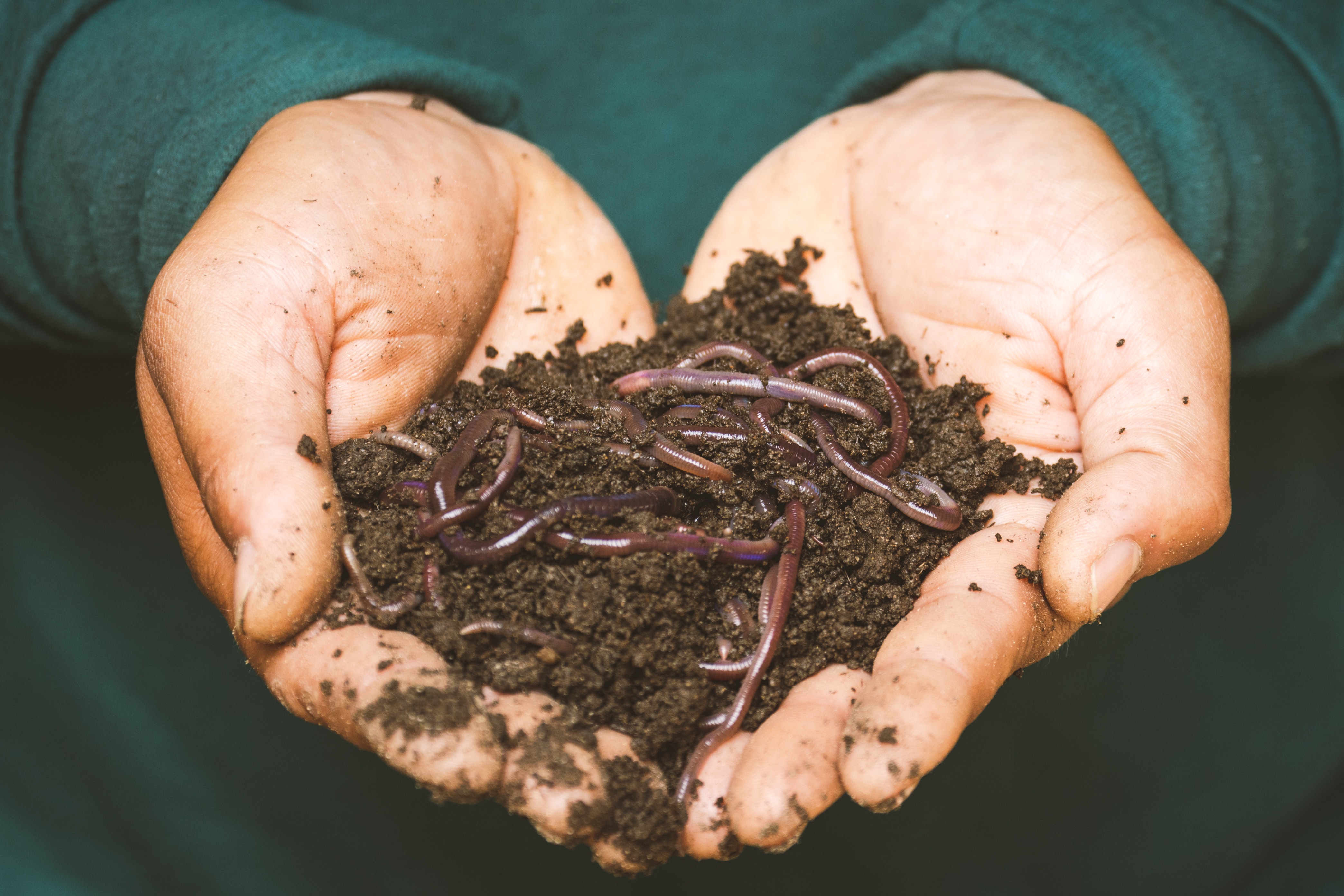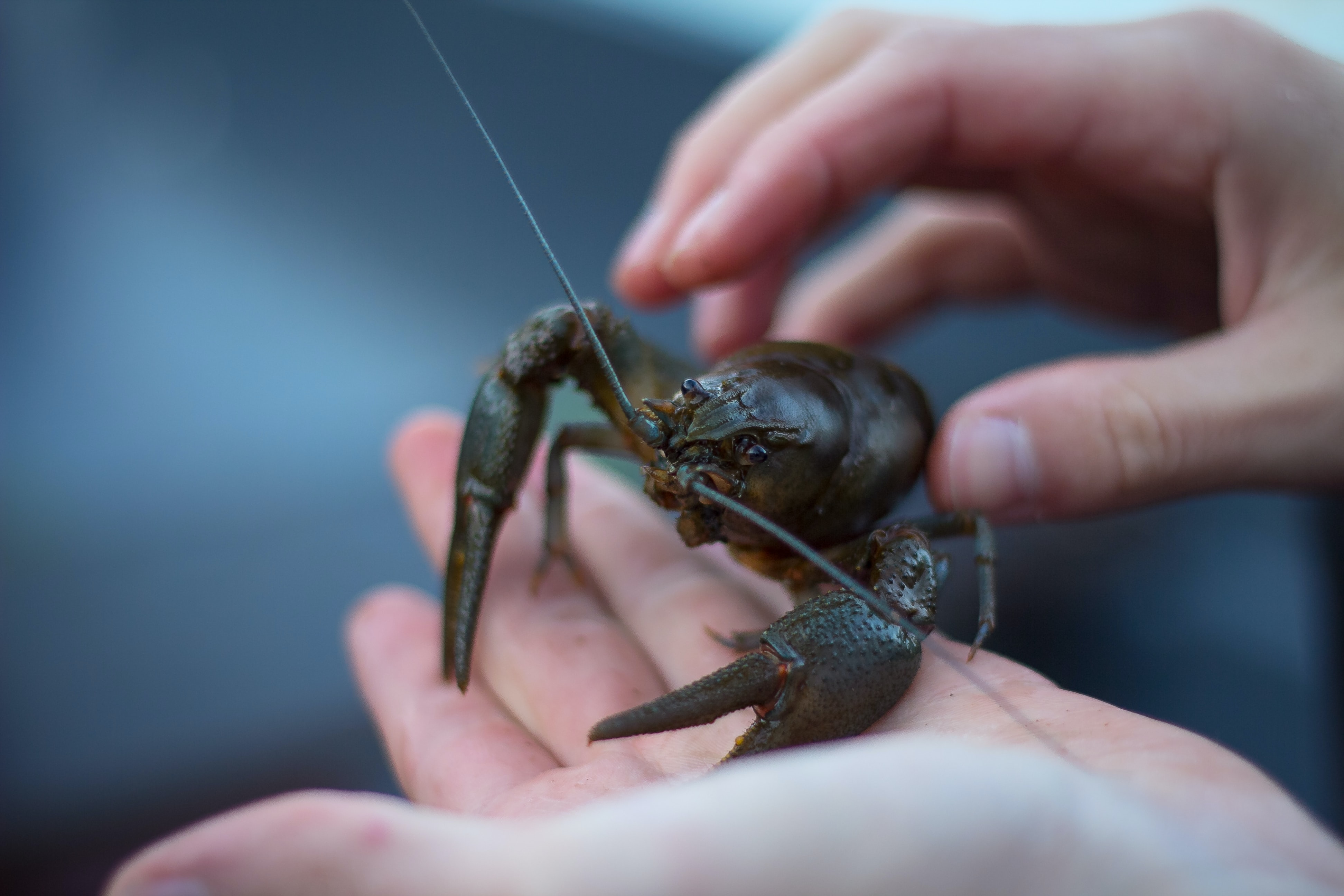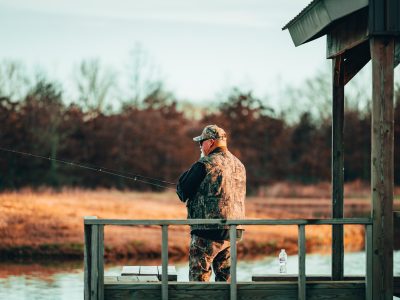Here are some handy tips to help you handle and use natural bait.
Bait Angling Tips
There are a few general tips that you can follow regardless of where you’re fishing to help increase your chances of success:
- For using fish or shrimp as natural bait, keep them in an aerated bucked or livewell.
- With a worm: try putting air into the worm by using a special worm syringe to inflate it. By doing so, you may float the worm off the bottom and hopefully in front of the fish’s eyes or leave the worms as they are and consider using a light split shot sinker if you want them to sink to the bottom.

- With live crayfish: try pinching one of their claws. This makes them seem more defenseless and draws attention to them. To achieve this, simply grasp one claw firmly with a pair of pliers. The claw will be ejected by the crayfish on its own, sealing off the hole. It is dangerous to try to pull it out since it can kill the crayfish.

- Handle your bait with care: Avoid handling your bait more than necessary, and try to keep your hands wet when you do so.
- Use the smallest hook you can get away with for the fish you’re trying to catch. This will limit bait movement and make it appear more natural.
- It’s often beneficial to choose the most energetic bait possible when fishing with natural bait. This isn’t always true, as some fish are sluggish and refuse to chase a bait that swims quickly. If this is the case, you may hit the bait against the side of the boat or clip the fins before casting to disorient them.
- It usually helps to chum the water with bait if fish are uninterested in biting. If you see fish eating the chum but not your hook baits, try burying your hook entirely in a bait, tossing in some chum, and letting your bait sink down with it.
- Try using fluorocarbon to reduce the line’s visibility.
- When you’re handling bait, be careful. When using live fish as bait, hold them in your palm rather than grasping them tightly. Try holding your fish upside down if they are moving around too much to put on the hook. Many fish are disoriented by this and wiggle less.
- If you are using live fish for bait but don’t want to use a weight, use a hook to catch fish that are holding deeper. Many different species of fish will swim downward as a result of this.
- If you’re using chum, drop a hook in a piece of bait and float it back in the chum slick without any weight or other barrier. Fish that are eating the chum eagerly gobble up bigger bait.
- If you’re using natural baits that are particularly lively, they may occasionally elude predators. If this happens, add weight or tap them on the deck to stop them from swimming allowing the predators to eat them.
With a little bit of knowledge and practice, you can avoid making common mistakes that could ruin your chances of a good catch.
As you can see, there is no easy answer when it comes to whether or not bait handling affects angling. It really depends on a variety of factors, including the type of fish you’re trying to catch and the location you’re fishing in. Ultimately, it’s up to you to experiment and see what works best in your particular situation. There’s no one right answer when it comes to bait handling and angling, so happy fishing!
What do you think, do bait handling techniques affect your success when fishing? Do you have a preference for how you handle your bait when fishing? Let us know in the comments below! Happy fishing!


